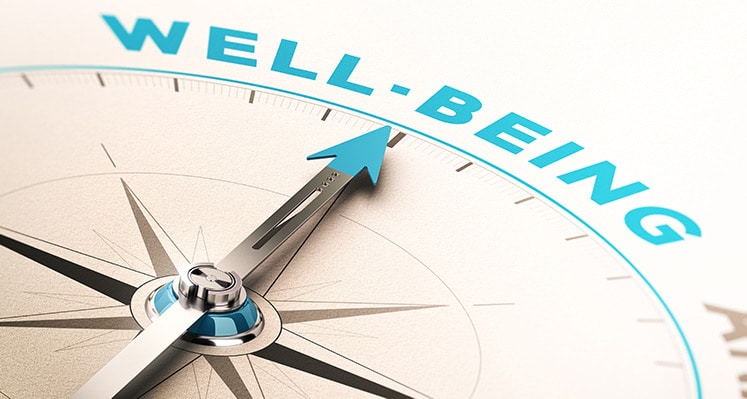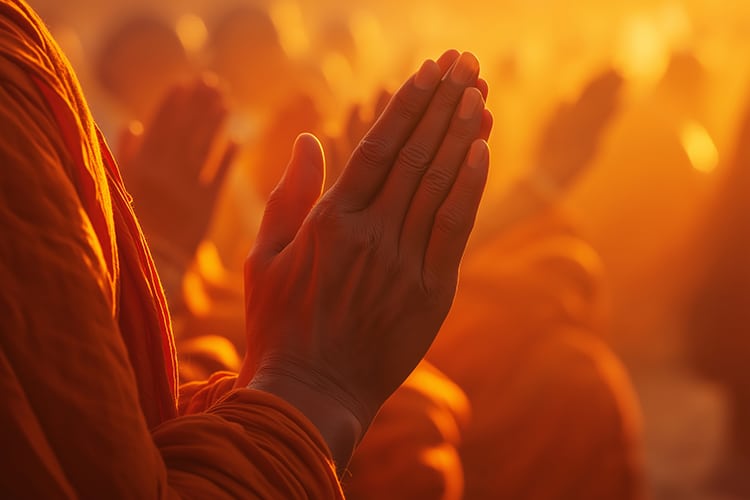What Are The Differences Between Meditation and Relaxation?
Category: Popular | Types of Meditation

It’s the old “an apple is a fruit but a fruit isn’t necessarily an apple” equation. Meditation is relaxing, but relaxation isn’t meditation. For individuals suffering from physical, mental or emotional stress, meditation opens the door to deep relaxation. In addition to relaxation, those who meditate often enjoy improved health and well-being, reduced anxiety, greater satisfaction in life and a more stable sense of happiness. What’s more, meditators find that the insights gained from their practice allow them to have a more skillful, compassionate presence in the world. Ultimately, meditation is the journey of discovering how the mind works and how to work with the mind.
On the other hand, relaxation is about unwinding and shaking off tensions and anxieties. People use relaxation techniques so they can release stress that has been building up. This too has a positive effect on the body and the mind, even though it’s usually short-term. Combining relaxation and meditation techniques can give meditators the best of both worlds.
Setting the scene for meditation and relaxation
Before embarking on your relaxation meditation journey, it’s helpful to give a few factors some thought.
- Location
Choose a place that’s as calm as possible and where there isn’t too much light. Dim is best. Candles provide soothing, pleasant light; night lights and salt lamps are also good choices. Mute your cell phone and leave it out of reach. The same goes for the little “ping” that tells you a new email requires your attention. All of the busyness and the demands keep stress at a peak – set them aside for some real relaxation.
- Sitting position
Sit in the posture that’s most comfortable for you. If you tire quickly after sitting flat on a mat, try a cushion, a chair or even a comfy sofa. You can lie down if it’s more relaxing. Note that your posture affects the quality of your meditation – it’s hard to concentrate for even five minutes if your limbs are aching. But it’s also difficult to remain focused if your back isn’t straight and your body lacks balance. If convenient, you might do some yoga or stretching before or after your practice to help keep your body flexible.
- Time of day
Some people would rather do their body relaxation meditation exercises in the morning while others prefer evenings. It’s important to pick a time when your mind is alert; for this reason many people find that morning is the best moment for meditation. Another consideration is the time you’re able to set aside for your session. Make sure you don’t overestimate your ability to remain focused and relaxed – otherwise the minutes will drag on and it will be impossible to relax!
If you’d like a change of scenery, walking meditation will activate your senses and give your relaxation meditation some pep.
A technique that combines meditation and relaxation
Would you like to try a progressive body relaxation meditation? Here’s one that many people find helpful.
Begin by breathing deeply. Pay attention to the process. Take a deep breath, feel it in your belly, then expel it slowly, releasing tension as you exhale. Try to get rid of all that stale air. Then breathe in deeply again. Pay attention to the sensation of breathing. Allow it to relax you.
When your breath is flowing comfortably and you are beginning to feel relaxed, turn your attention to your body. Begin with your feet. Is there tension there? If so, you can invite it to dissolve. You might even clench the muscles of your toes and feet in order to let go more completely. Notice the sensation of letting go and relaxing.
In the same way, progressively, bring your attention to your buttocks and back, then your hands and arms, your belly, diaphragm, chest, shoulders, neck, jaws, and face. Paying focused and benevolent attention to each part of the body as you go, note any tension, reinforce it if you like, then relax and release.
Once you’ve gone through the whole body, take stock of how you feel. When you’re ready, come back to your usual self, bit by bit, with awareness and benevolence. Move, stretch, wiggle and jiggle.
What defines this exercise as meditation and not just relaxation is that each step is performed with awareness, an open mind, and an absence of judgment. Rest assured, you won’t be graded on how well you relax.
If you’re just starting to meditate or you need some help progressing to the next level, meditation guidance can definitely help. So sit down and… breathe!






